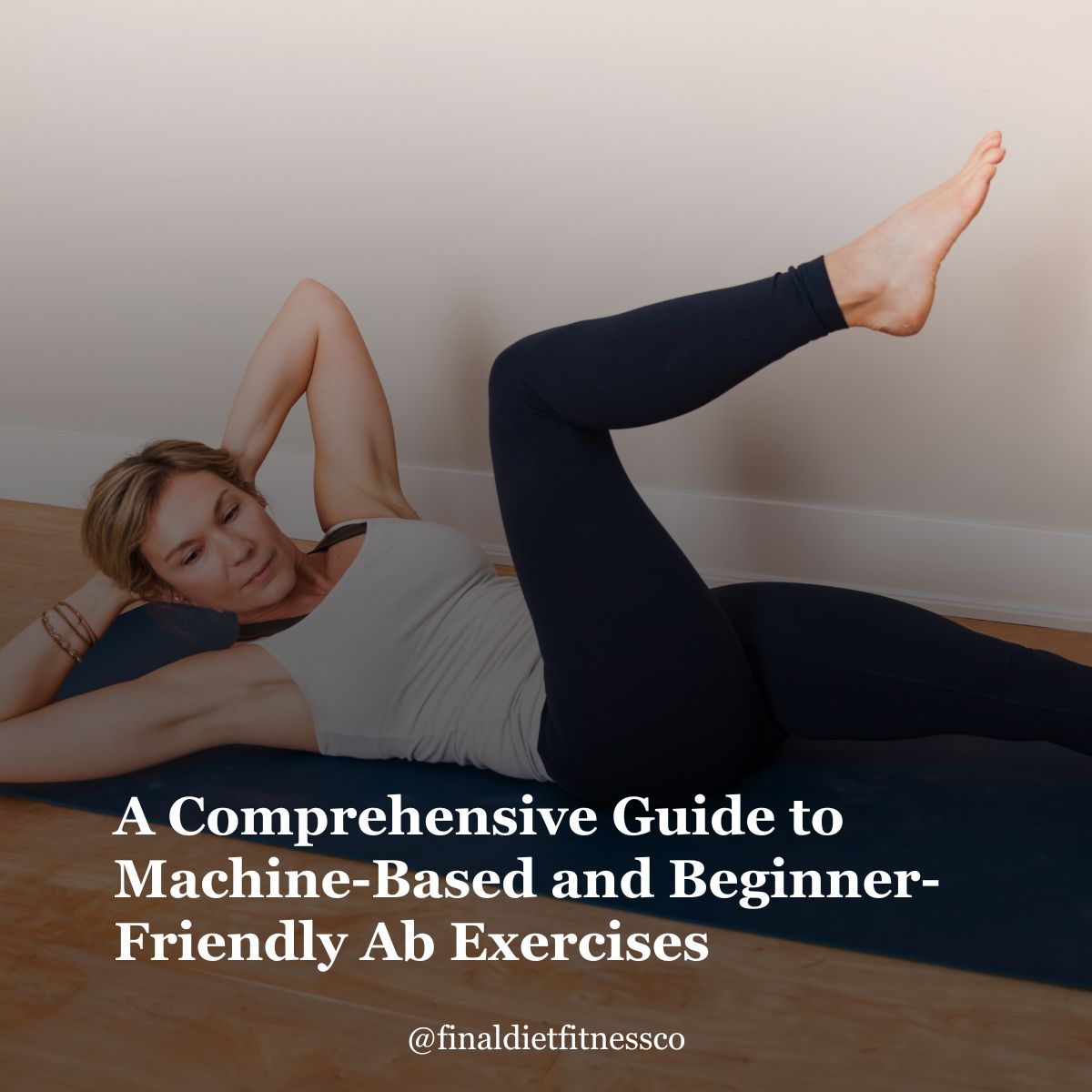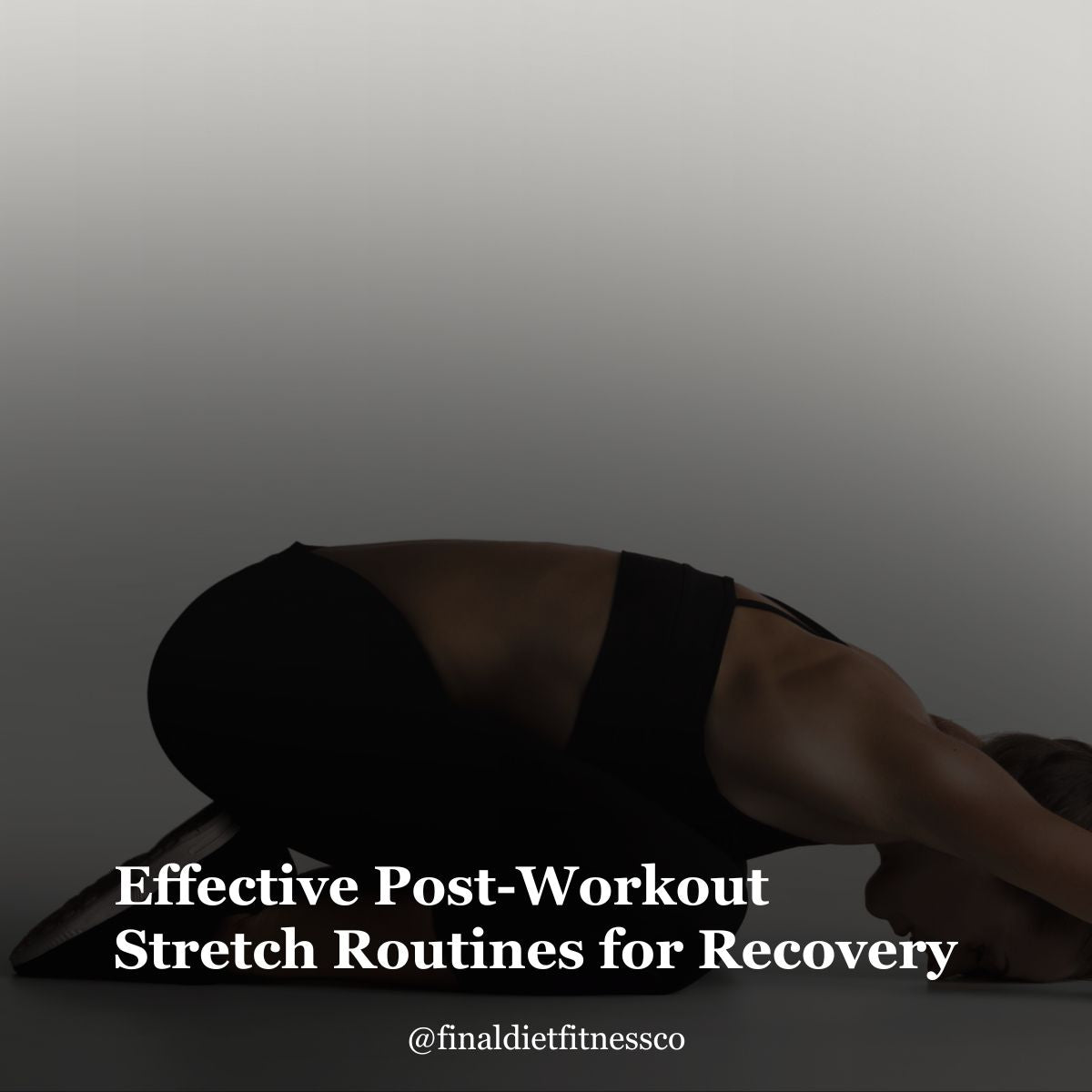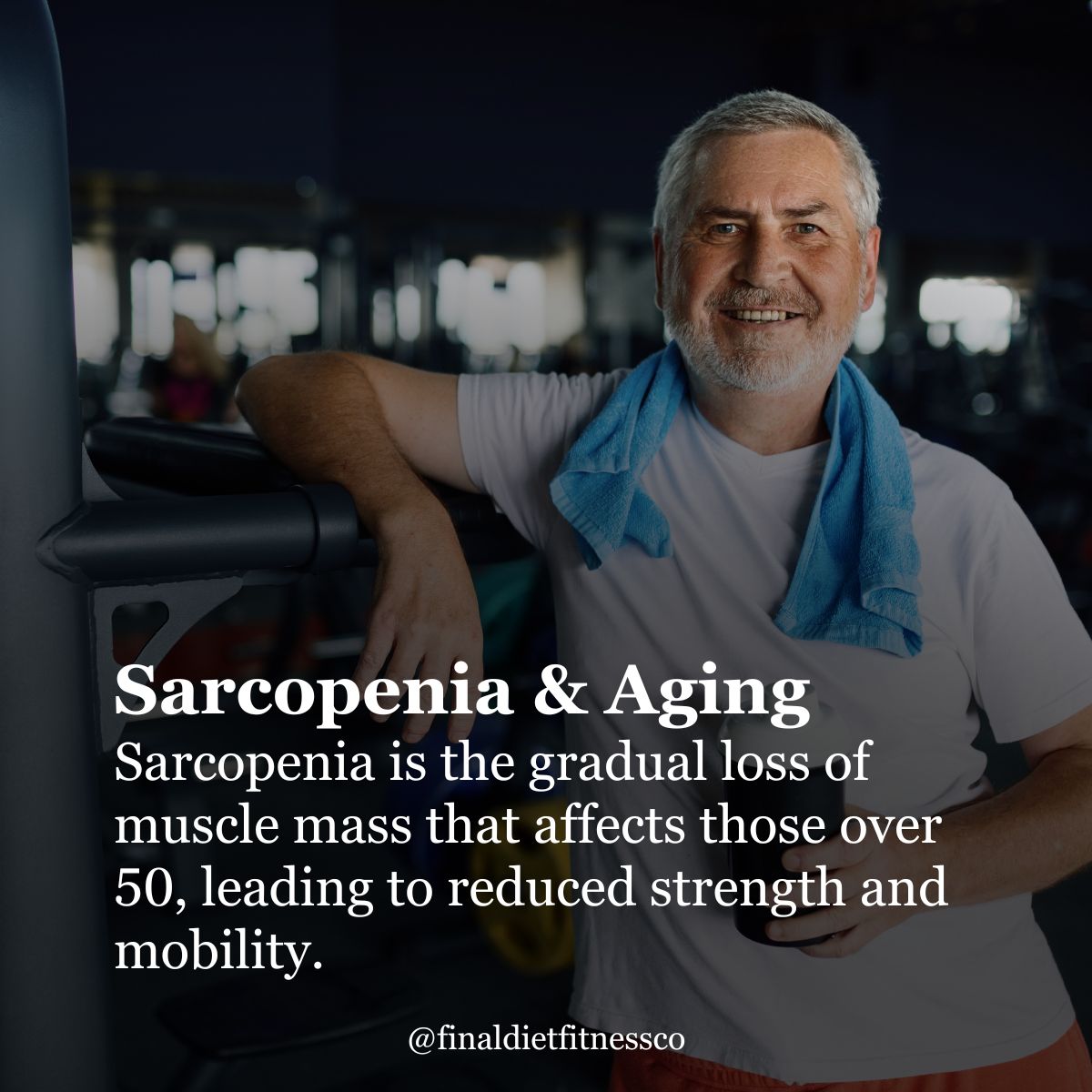
For beginners and older clients, building a strong core is crucial for overall strength, balance, and posture. This guide provides a detailed list of ab exercises, starting with the easiest and progressing to more challenging ones. The focus is on common gym machines and a few non-machine alternatives for variety. Each exercise includes a description to help you navigate the movement safely and effectively.
Machine-Based Ab Exercises (from Least to Most Difficult)
-
Seated Ab Crunch Machine
- How to Use: Sit on the machine with your back pressed against the pad and your feet secured under the footrests. Grip the handles and crunch your torso forward by contracting your abs. Slowly return to the starting position.
- Why It's Great: Provides support for the back and is easy to control, making it ideal for beginners.
-
Cable Standing Crunch
- How to Use: Set the cable machine at a high position and attach a rope handle. Stand facing the machine, hold the rope at your shoulders, and crunch forward by engaging your core. Slowly return to standing.
- Why It's Great: Allows you to adjust the resistance and maintain a natural range of motion.
-
Captain's Chair Leg Raises
- How to Use: Step onto the captain's chair station, rest your forearms on the pads, and grip the handles for support. Let your legs hang straight, then lift them by engaging your core. Start with bent-knee raises and progress to straight-leg raises as you build strength.
- Why It's Great: A simple, low-impact exercise that targets both the lower abs and hip flexors.
-
Roman Chair or GHD Sit-Ups
- How to Use: Sit on the Roman chair or glute-ham developer (GHD) and secure your feet under the pads. Lower your torso back until you're at a slight decline, then engage your core to sit back up.
- Why It's Great: Introduces an incline to increase difficulty while supporting the legs and lower back.
-
Hanging Leg Raises (Assisted)
- How to Use: Use wrist straps or elbow slings for support on a pull-up bar. Let your legs hang straight, then lift them to a 90-degree angle using your core. Beginners can start with knee tucks instead of straight-leg raises.
- Why It's Great: A slightly more advanced movement that builds core strength and grip endurance.
-
Ab Coaster Machine
- How to Use: Kneel on the machine's pad and grip the handles. Use your core to slide the pad upward in a smooth, controlled motion. Adjust the resistance as needed.
- Why It's Great: A guided motion ensures proper form, making it a great choice for clients with limited experience.
Non-Machine Alternatives (from Least to Most Difficult)
-
Knee Plank
- How to Do It: Start on your hands and knees, then lower your upper body into a plank position on your forearms. Keep your core engaged and hold for 20-30 seconds.
- Why It's Great: A gentle introduction to core stability without requiring equipment.
-
Stability Ball Crunches
- How to Do It: Sit on a stability ball and walk your feet forward until your lower back rests on the ball. Place your hands behind your head, crunch your upper body upward, and slowly return to the starting position.
- Why It's Great: The ball supports your lower back, making it easier on the spine while engaging your core.
-
Stability Ball Jackknives
- How to Do It: Start in a plank position with your shins resting on a stability ball. Pull your knees toward your chest, rolling the ball forward, then return to the plank position.
- Why It's Great: Adds an element of balance while targeting the lower abs.
-
Modified V-Ups
- How to Do It: Lie on your back with your knees bent and feet flat on the floor. Raise your torso and knees simultaneously to meet in the middle, then lower them back down.
- Why It's Great: A simplified version of V-ups that’s easier for beginners.
-
Side Plank with Support
- How to Do It: Start on your side with your forearm and one knee on the ground. Lift your hips off the floor and hold the position. Switch sides after 20-30 seconds.
- Why It's Great: Builds lateral core strength while being gentle on the joints.



